Hiking & Backpacking
All posts
Trail Tales: Stories from the Washington section of the PCT
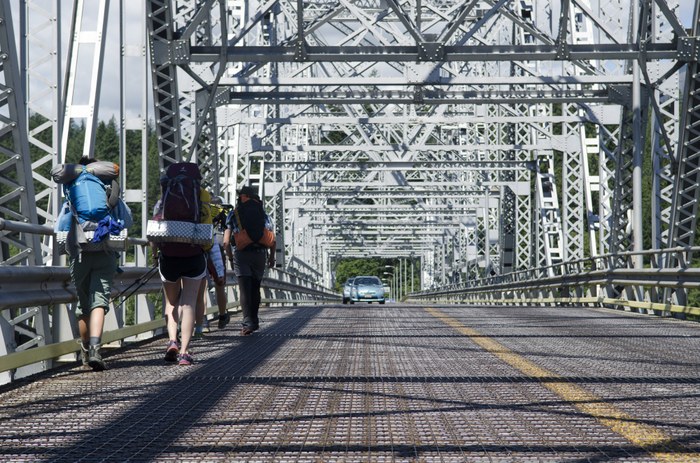
Editors note: During the summer of 2016, six current and former Mountaineers Adventure Club (MAC) members hiked the Washington section of the Pacific Crest Trail. This blog is Part 1 of a 4 part recap series. To find out what happened next, read Part 2 by Miriel McFarland. And learn what self proclaimed "gram-weenie" Michael Telstad had in his pack to keep his base weight under 12 lbs through his detailed gear guide. Read more…
How To: Pack for the PCT
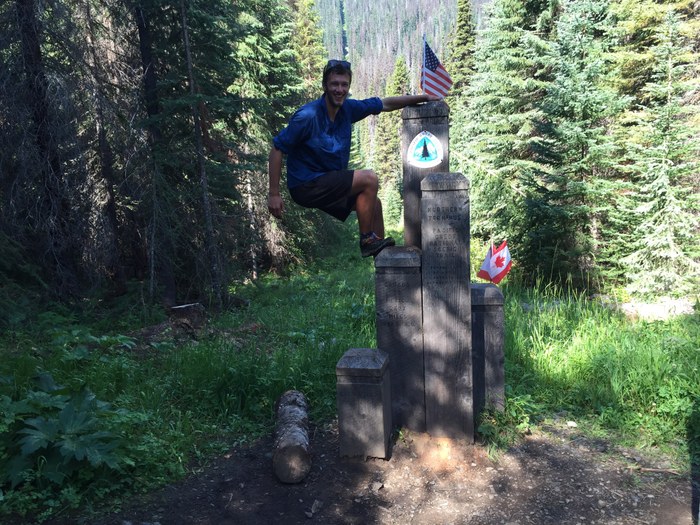
Editors note: During the summer of 2016, six current and former Mountaineers Adventure Club (MAC) members hiked the Washington section of the Pacific Crest Trail. This blog outlines how to prep for a trip. To find out what happened on the actual trip, read Part 1 by Logan Urrutia. Read more…
Take your kids backpacking!
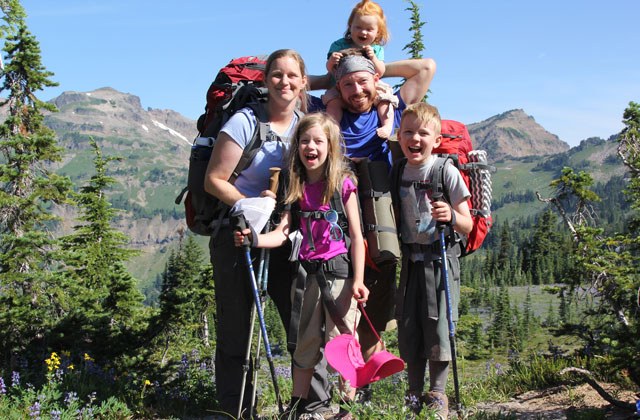
Backpacking with your kids in the backcountry can be a rewarding adventure for children and parents alike. Unplug, expose your kids to the joys of being outdoors, be together as a family, and watch your children mature into outdoor enthusiasts. Read more…
Foothills Leader Spotlight: Deborah Fisher
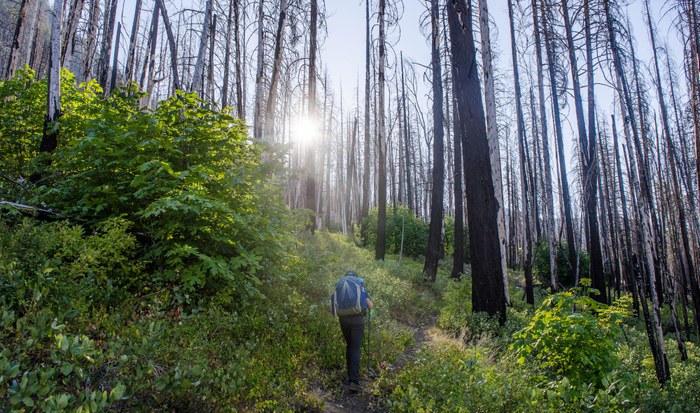
We appreciate every one of our leaders, but this month we highlight one of our most dedicated: Deborah Fisher. Read more…
How To: Implement Low-Impact Recreation Skills
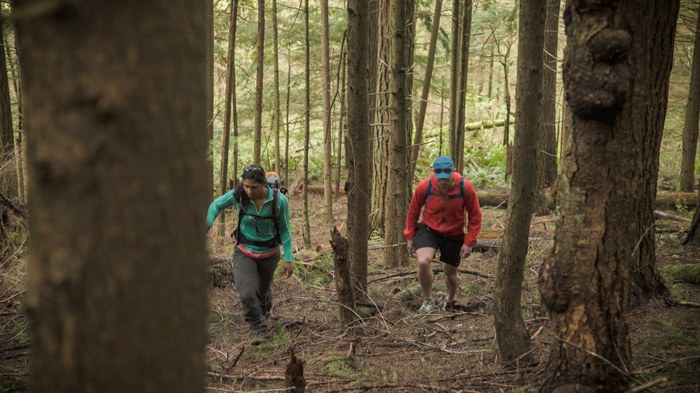
At The Mountaineers, we've believe venturing into the outdoors is an essential piece of the human experience. It's important to implement low-impact recreation skills to keep our wild places as sanctuaries for the human spirit. Read more…
A Rich Feast in the Cordillera Blanca, Peru
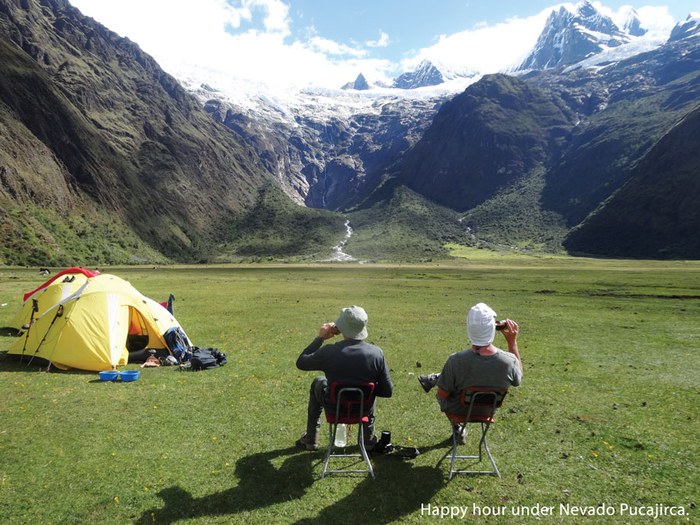
Snapping awake sometime before dawn, I extracted myself from sleeping bag and tent as quietly as possible so as not to awaken my tentmate. Snuggling in down parka, alpaca cap and mittens, I found a perch on a rock in the front row of the sunrise light show over the Cordillera across the deep gorge below. Read more…
How to #OptOutside this Thanksgiving
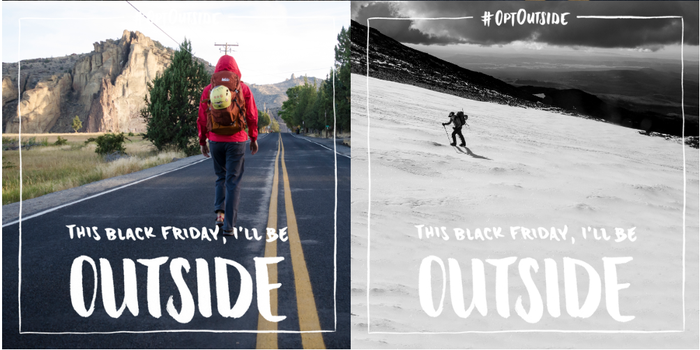
Last year REI made headlines with their decision to close stores on Black Friday and pay their employees to #OptOutside. At The Mountaineers, we couldn't love this decision more. Like REI, we believe going outside is not just good for your health - but good for your soul. Read more…
Hiking in the Rain - Without Pain
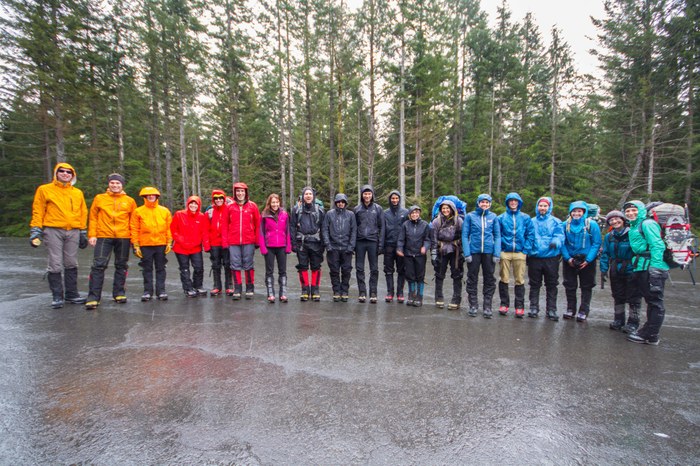
Can you really have a successful hike through a waterlogged day or weekend? Sure — if you have the right attitude, and if you keep your gear dry. Read more…
How To: Reduce Your Backcountry Bathroom Use Impact
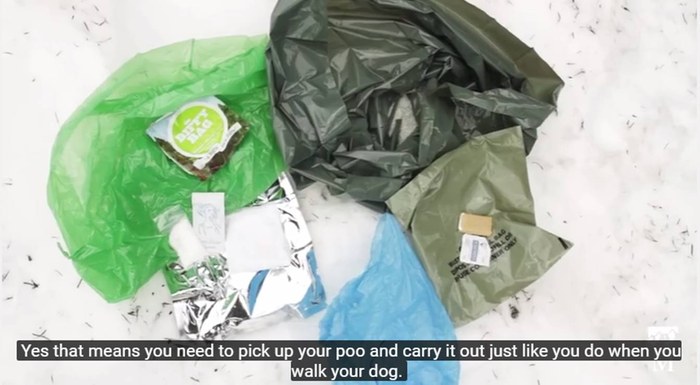
At The Mountaineers, we've believe venturing into the outdoors is an essential piece of the human experience. It's important to implement low-impact recreation skills to keep our wild places as sanctuaries for the human spirit. Read more…
Celebrate the PCT with Photographer and Guidebook Author Tami Asars - Nov 11
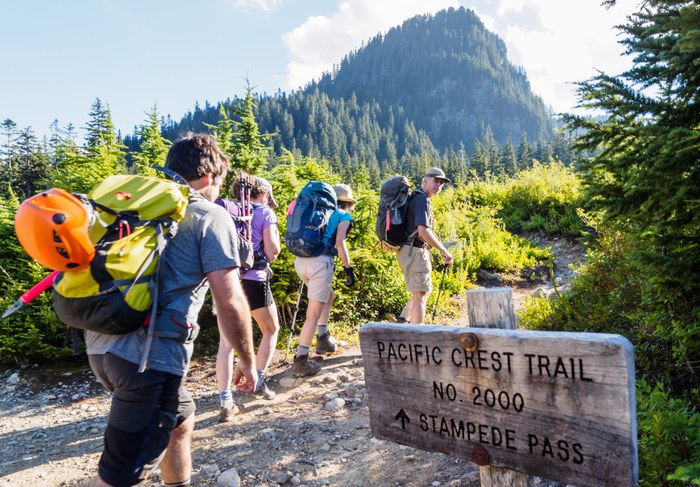
Please join us at the Seattle Program Center on November 11 for a fun-filled evening with Tami Asars and fellow Mountaineers, who share your love for the amazing Pacific Crest National Scenic Trail! Tami's new book Hiking the Pacific Crest Trail Washington just came out and she will share some of her always stunning photography as well as information and stories from her two years traveling and data-gathering on the trail. Read more…
How To: Reduce Your Backcountry Camping Impact
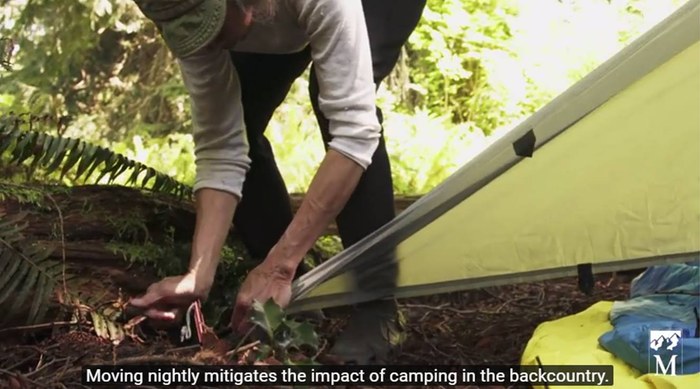
At The Mountaineers, we've believe venturing into the outdoors is an essential piece of the human experience. It's important to implement low-impact recreation skills to keep our wild places as sanctuaries for the human spirit. Read more…
Intro to Hiking - Nov 1
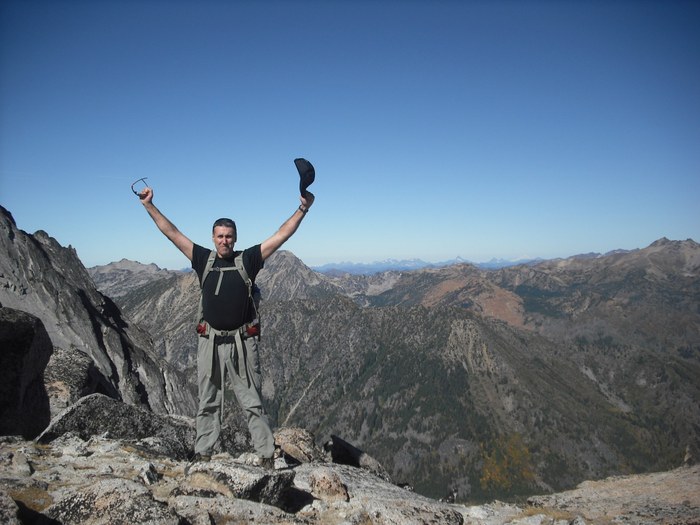
There's still room in this free and informative 2.5-hour evening seminar, designed for brand new hikers as well as people who have hiked before, but want an introduction to safe hiking. Read more…
How To: Reduce Your Backcountry Eating Impact
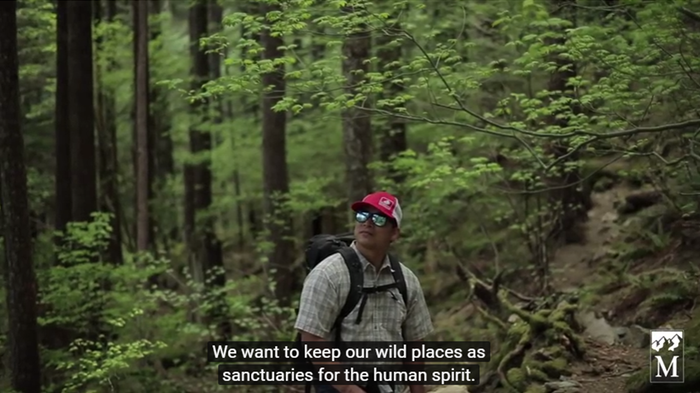
At The Mountaineers, we've believe venturing into the outdoors is an essential piece of the human experience. It's important to implement low-impact recreation skills to keep our wild places as sanctuaries for the human spirit. Read more…
New Hike-Backpack Leader Seminar, Oct 17 at the Redmond Library
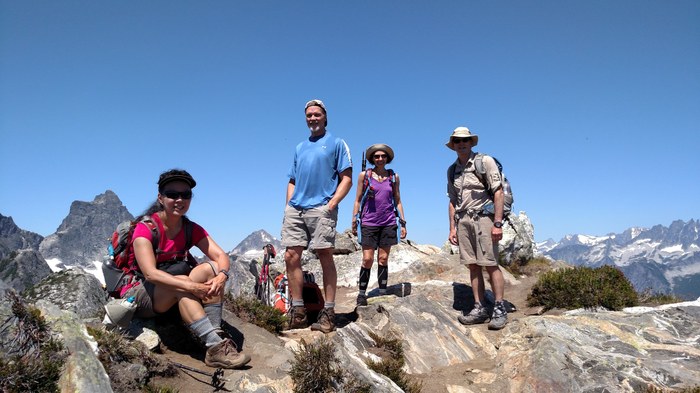
Leading hikes and backpacks offers unique rewards, but also unique challenges. Unlike other more technically demanding Mountaineers activities, hikes and backpacks have no course pre-requisites. We often lead people who are new to the outdoors and/or have widely varying capabilities. This seminar focuses on leadership skills to help you thrive and deliver safe, enjoyable trips. Read more…
Introducing New Award Badges for Miles on the Pacific Crest Trail!
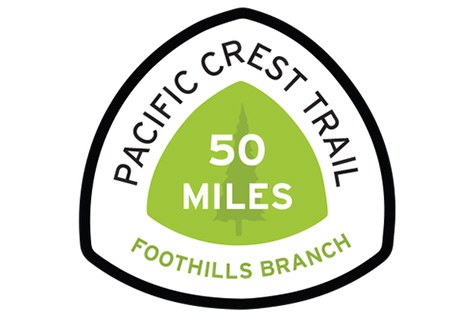
To honor the amazing resource that is the Pacific Crest National Scenic Trail (PCT), Foothills Branch is sponsoring a new set of award badges, available to Mountaineers members from any branch, for hiking, backpacking or snowshoeing 50 or more miles of the PCT in Washington State on or after January 1, 2010. Read more…
How To: Reduce Your Backcountry Travel Impact
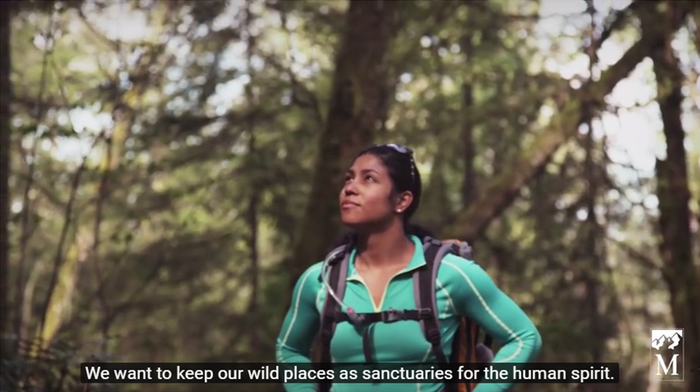
At The Mountaineers, we've believe venturing into the outdoors is an essential piece of the human experience. It's important to implement low-impact recreation skills to keep our wild places as sanctuaries for the human spirit. Read more…
Elevation and Elation: Thru-Runners with a Cause
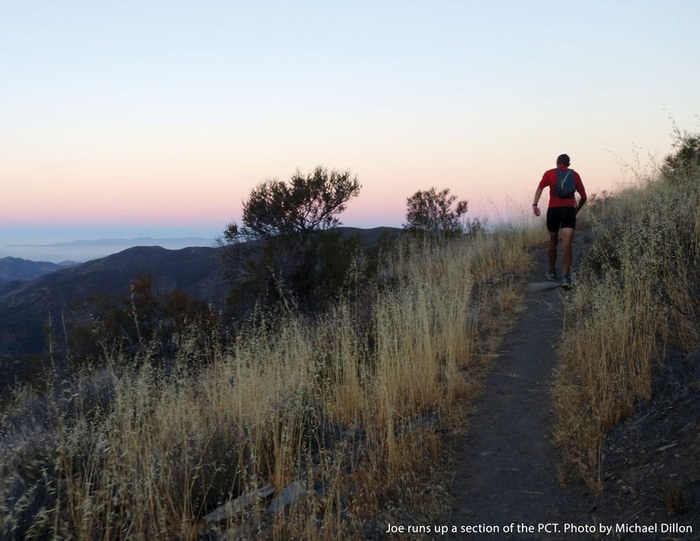
It’s 1:50am. The faded beam of my headlamp illuminates the narrow trail ahead. A river rages somewhere in the distance, like static from an unseen television. My legs are jelly. My back is soaked in sweat. The rhythmic crunch of two sets of feet behind me keeps my body pushing forward. The crew — Jordan, Dills, and I — have been hiking for six grueling hours, gaining 2,000 feet in elevation before winding around Lost Creek Ridge, and now sinking back to sea level as we near the river. Read more…
Introduction to Hiking in the PNW - Sept 8 at Mercer Island Library
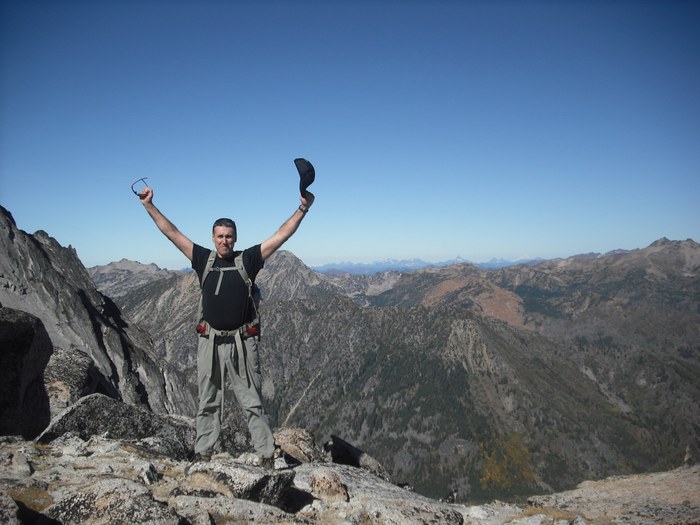
There's still room in this free and informative two-hour evening seminar, designed for brand new hikers and for people who have hiked before but want an introduction to safe hiking in our major Pacific Northwest hiking areas. The seminar will help you find hikes that suit your interests and capabilities, understand common trail hazards, prepare for hikes with the right gear and clothing, and practice Leave-No-Trace and good trail etiquette so that you protecting our trails and wild places. We'll also provide useful information on permits, where to buy essential gear on a budget, and other valuable resources. Read more…
The Rise of Tech in Seattle and its Impact on our Natural Lands
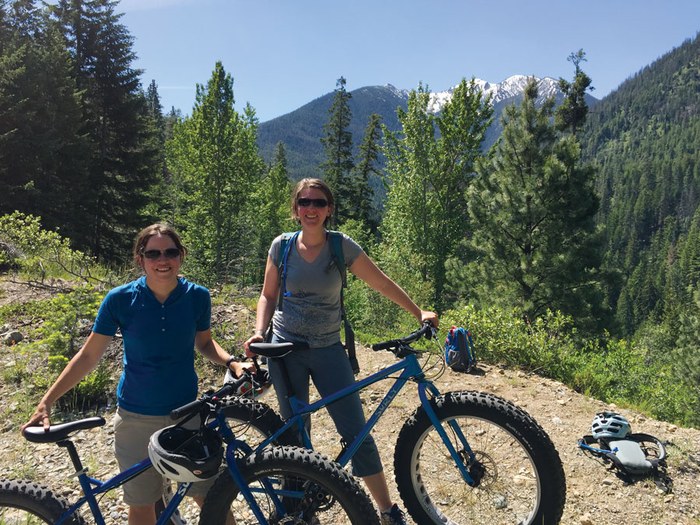
My wife and I moved to Seattle nearly three years ago from Brooklyn, New York. It took us less than a year to decide to make Seattle our forever home. For outdoor lovers like us, how could we not? In under an hour on any given day, we can be on the trails headed to our campsite, in the mountains getting ready for a day of snowshoeing, or on the water in a kayak. Read more…
How To: Avoid Hazards Caused by Snow Melt
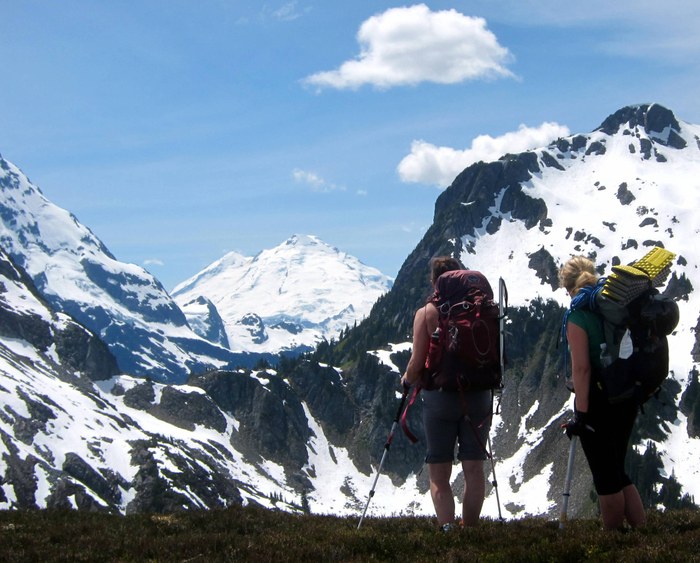
As the summer heat melts the snow in the mountains, more and more patches of exposed rock appear and can be very hazardous for multiple reasons. Read more…
Secret Rainier: A Comet, a Park, and a Point
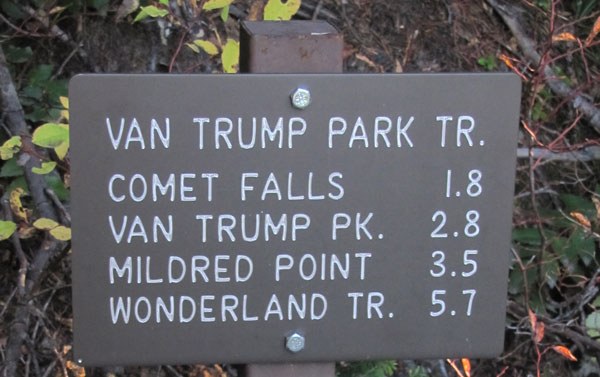
Many visitors to Rainier have visited Comet Falls - one of the more impressive falls in the park. If you haven’t been there, we highly recommend a visit. And continuing farther up the trail leads to two lesser-traveled spectacular places within the park. Read more…
New Hike / Backpack Leader Seminar - Aug 4, 2016
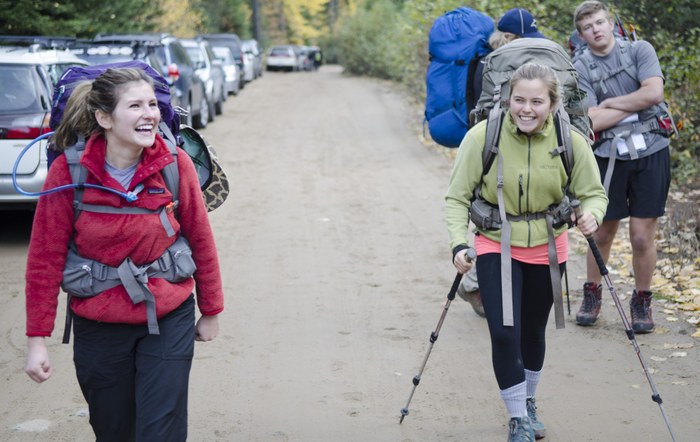
In two and a half hours you can learn what you need to know to get started as a hike or backpack leader with The Mountaineers. Then, start leading trips to share your love for wild places with our members eager to get outside. Join us August 4 to learn more. Read more…
Hiking Every Island (well almost all of them)
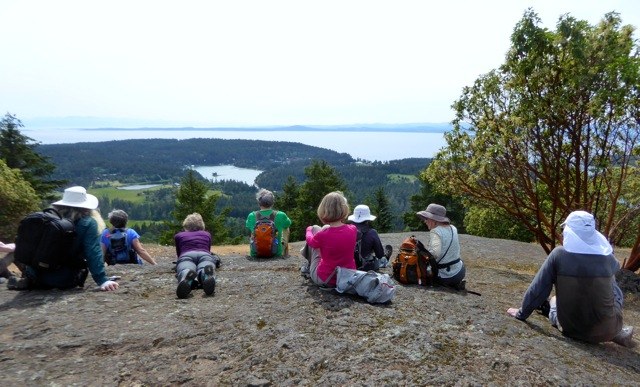
If you have been looking through our day hikes for the past few years, you've probably clicked on a hike that was part of the Island Hike Series. These trips varied in mileage and location, but were united by the common common theme of exploring new island trails (and having a ton of fun while doing so). Read more…
How To: Prevent and Treat Heat Related Illness
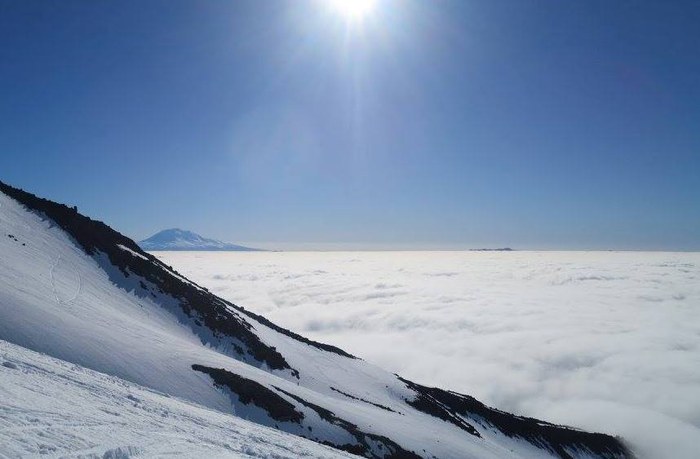
June was an interesting month in the mountains. We had “June-uary” conditions, giving us lots of new snow, rain, and wind. We also had scorchingly high temperatures with places like Leavenworth and Vantage reaching close to 100°F. As we progress through the summer, we need to be mindful of the dangers on these hot, sunny days - even if we are out on snow or a glacier. Read more…
Be An Outdoor Ambassador: How To Implement Low-Impact Recreation Skills
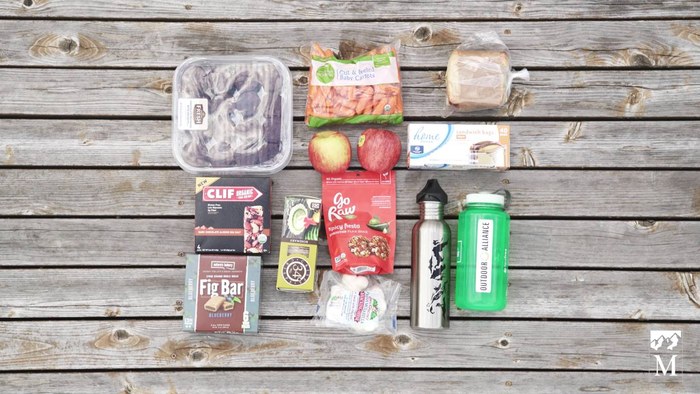
At The Mountaineers, we've believe venturing into the outdoors is an essential piece of the human experience. We go outside to wander and explore the adventurous spirit within ourselves. It's important to implement low-impact recreation skills to keep our wild places as sanctuaries for the human spirit; so our grandchildren can experience the sensation of discovering an untouched place. Read more…
How To: Poop in the Outdoors
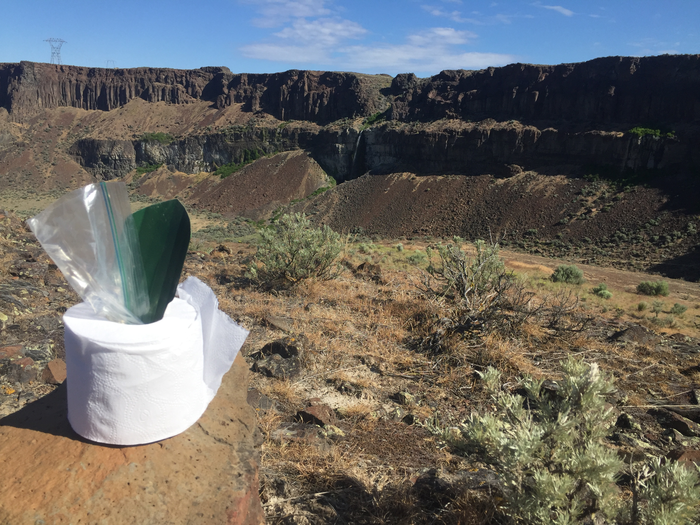
I am confident that you and I have at least two things in common: 1) we both set aside time to explore the outdoors, and 2) at some point during these adventures we will both experience the discomfort of knowing we have to go number two. Even if you don't, you will inevitably be reminded of this basic human function by the sight of toilet paper discarded uncomfortably close to trails and water sources. By the amount of TP I have seen recently on Washington’s trails, it seems even the most avid outdoor enthusiasts may not know how to handle nature’s calling. Read more…
The Mountaineers Pacific Crest Trail Challenge!
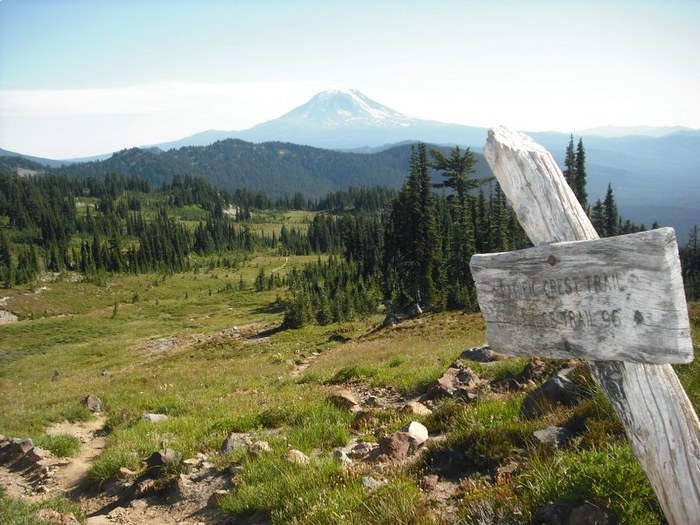
The Pacific Crest Trail (or PCT), a 2663.5-mile National Scenic Trail stretching from Mexico to Canada through California, Oregon, and Washington, epitomizes the ideal of physical challenge and one-of-a-kind natural resources bringing people together for a purpose larger than themselves - much like the mission of The Mountaineers. Read more…
Play Safe: Recreating in Bear Country with David Moskowitz - June 29
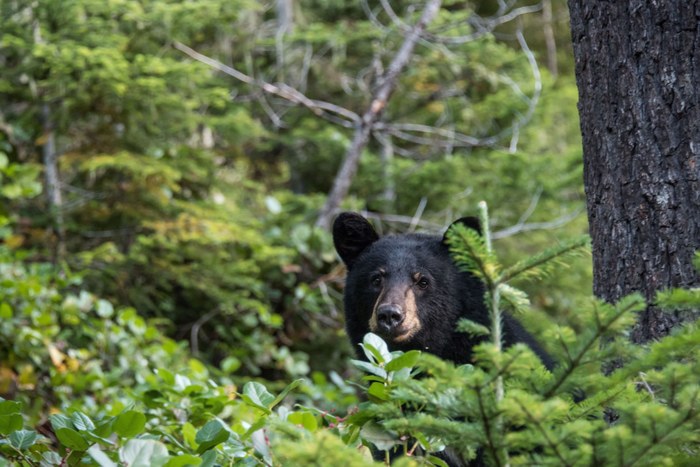
Washington’s North Cascades are home to thousands of black bears and fewer than twenty grizzly bears. Knowing how to play safe in bear country is as important as bringing a first aid kit and appropriate clothing for your adventure. Read more…
Celebrate the New 100 Classic Hikes - June 14

With the release of our new edition of 100 Classic Hikes: Washington, we are carrying an important stewardship legacy forward. It’s time to celebrate! Read more…
Sunglasses: An Easily Overlooked Essential
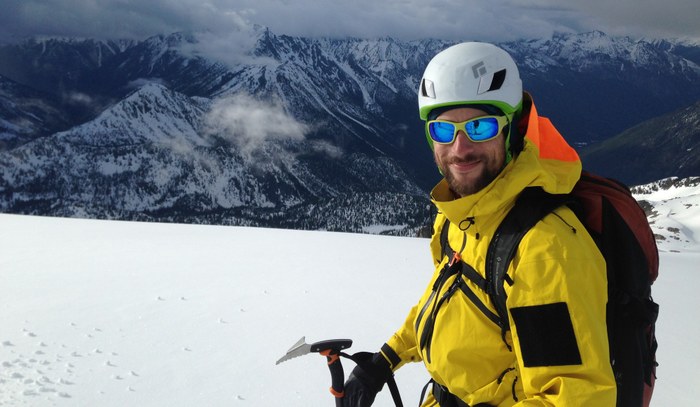
With the awesome weather and sunny days we've had lately, it’s hard to think anyone would go outside without a pair of sunglasses handy. But on cloudier days or early morning alpine-starts, it's easy to forget shades in your car or tent. Sunglasses aren’t usually at the forefront of your mind at 2am when the wind's howling and you're trying to buckle your crampons. However, forgetting this vital bit of gear can be as bad as forgetting your ice axe on a glacier or your cams on a rock wall. Read more…